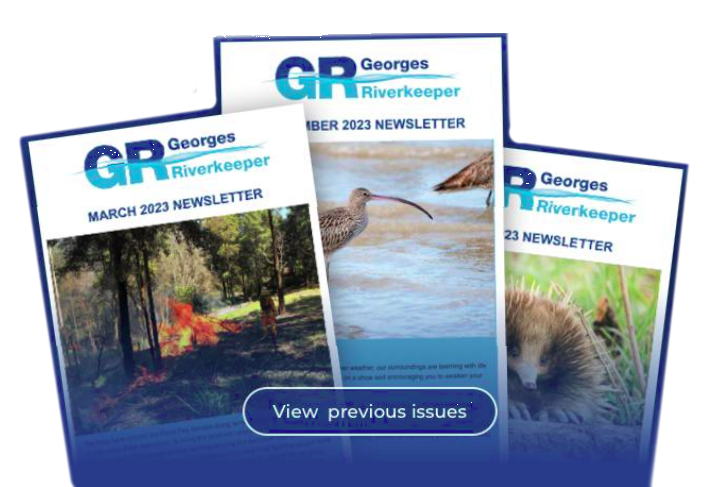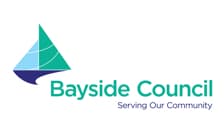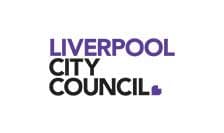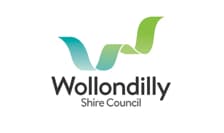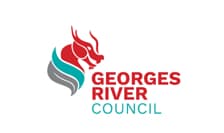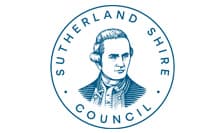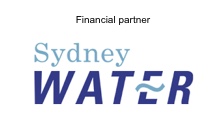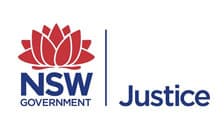Water quality describes and measures the suitability of a particular body of water for a specific use, but it can also indicate relative health of a waterway too.
Estuarine systems function through a number of interacting, interdependent, and constantly changing processes that largely characterise the river’s behavioural and visual aspect. Degraded water quality can lead to impacts on the recreational, environmental and economic values of waterways.
Changes in water quality are generally caused by catchment runoff, often characterised by elevated nutrients and sediments as a result of changed land use, sewage discharge, poor management practices, and dumping of waste.
How is water quality measured?
Water quality is typically measured in a range of physical, chemical, and biological indicators. The most common physical indicators are:
- Turbidity and suspended solids – the concentration of particles (e.g. fine sediment, microscopic aquatic life, etc.) suspended in the water. This affects the amount of light that can penetrate the water and therefore the ability of aquatic plants to grow. Turbidity can also affect general visibility.
- pH – the measure of acidity/alkalinity. A level of 7 is neutral. The pH of saltwater is slightly alkaline at around 8.2.
- Salinity (or conductivity) – the measure of salt in the water.
- Dissolved Oxygen – the measure of oxygen in the water, which is essential for the survival of aquatic animals and plants.
- Nutrients, such as phosphorous and nitrogen – essential for plant growth. High levels may indicate the potential for nuisance algae blooms.
- Chlorophyll-a ̶ a reflection of the concentration of microscopic algae in the water.
- Fecal coliform ̶ bacteria, such as E. Coli, from animal and human waste.
These are the commonly used water quality indicators. There are many other substances that are washed into urban streams and estuaries. Measuring all substances is not feasible, which is why using this above suite of indicators is useful.
Source: “Georges River Estuary Handbook” (2012), a project of the Lower Georges River Sustainability Initiative
Dr. David Reid, Georges Riverkeeper, explaining the physical indicators such as turbidity that are measured to determine water quality in the Georges River.

